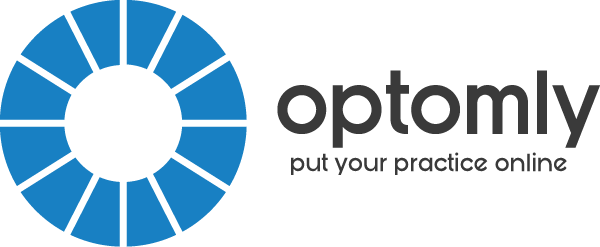In your practice, you often hear questions like: What are those lenses that go dark outside? Also, there’s those bifocals without the line?
We know them as Multifocal Transitions. However, patients describe them differently.
Your patients use it every day to look things up on Google. They can have instant answers to almost anything.
Interestingly, they use the same language on Google that they use in the consultation room.
For example, they might type in “can computers damage your eyes”, “are lenses that change colour outside as good as sunglasses” or “fix broken arm on glasses”.
The reason that patients turn to Google for answers is that there’s bound to be an answer there. Someone else may have had the same problem, and had a question answered online.
Growing your practice website or social media presence (and list of potential patients) depends on answering common questions.
Recently, I sat down with my dispensing colleagues. We compiled a list of common questions that patients ask. After all, they are the first and the last point of contact with patients. They hear questions that we might not. And we might hear questions that they don’t. Putting them together is helpful.
A great way to do this is through making a note in Evernote. Collect the language that your patients use, together with their questions. Then save them to Evernote. And they’re instantly on all of your devices. You can share the note with your team too!
Make sure you also add these questions (and answers) to your practice website. Link to them on social media.
Use Twitter to Listen for Questions Online
Twitter collects ideas easily. Whether it is through categories, known as hashtags, or natural-language questions, patients can easily get answers from anyone in the world.
Here is a real tweet like: “why is it so hard to find new #glasses?” by @TrevorDmusic
The hashtag makes it easy to find the main category of the tweet. Others can also find it easily too.
Sure, you don’t have to use hashtags (as you can search without them). However, hashtags make it easy for others to find the answer that they’re looking for.
What is Youtility?
Jay Baer talks about helping people by going the extra mile. He calls this type of thinking Youtility.
An example of Youtility may be responding to tweets like the one above. Despite this user living in the USA, he might retweet or favourite your tweet to his 29,200 followers.
Some of these people may be from your area. They might see how helpful your answer was, and click through to your practice website.
Youtility is about helping others and creating genuine potential leads for your practice.
It’s also a great way to learn about the questions that a wider audience have.
Summary:
Write down the questions that patients have. Collect them in their natural language.
Use this list of questions to help potential patients. Post answers on Twitter.
According to an article by landto.co, patients have an “insatiable hunger for convenience”.
Answering questions online is a great way to grow your wider community for your practice.

